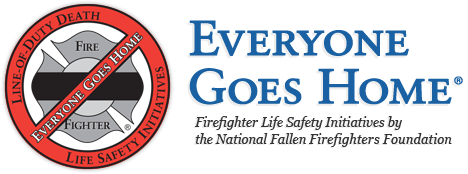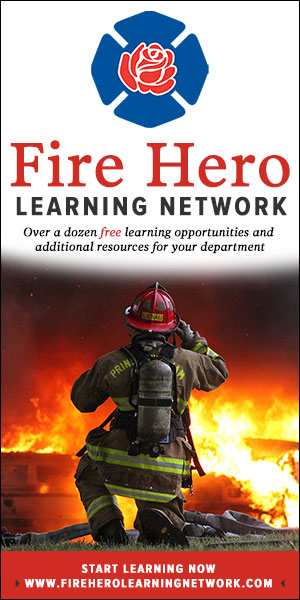Texas fire service organizations representing over 54,054 Texas firefighters are joining with national fire service organizations to endorse Representative Rick Galindo’s bill, HB 3089. The bill would require residential high‐rise buildings in Texas to feature smoke detectors, fire safety information and fire sprinklers by Sept. 1, 2021. The fire service organizations represented vow to stand with Rep. Galindo to reduce fire injuries and deaths as the final legislation is debated in Texas.
“We are grateful to see legislation that begins to address the fire problem in Texas by protecting citizens and firefighters,” states National Fire Sprinkler Association Executive Vice President Shane Ray. “It’s good to see proactive legislation that attempts to prevent future tragedies. Texas has had enough civilian and firefighter fire deaths.”
San Antonio Fire Chief Charles Hood has played a big role in helping officials understand the magnitude facing fire chiefs following the Wedgwood high-‐rise fire on December 28, 2014, in Castle Hills, Texas, that left 6 people dead and impacted the lives of 100’s more.
“It is my opinion that fire sprinklers are the only significant safety measure that we can add to truly improve the survivability of our citizens in a fire,” adds Chief Hood. “Fire chiefs and firefighters also should not have to face a tragedy like Wedgwood when we all know how it can be prevented. We have lost 61 firefighters in Texas in the last 10 years, but fire sprinklers are something we can implement to prevent needless deaths.”
“We know from experience, and validated through research, that high rise fires can be some of the most challenging situations our members encounter,” adds International Association of Fire Fighters (IAFF) General President Schaitberger. “These fires demand a great deal of resources and time lines are extended due to the height challenges. This is why the International Association of Fire Fighters (IAFF) supports the requirement of sprinklers in residential high rise buildings.”
Visit the IAFF Codes and Standards Page for more information at buildingcodes.iaff.org and for direct link to the IAFF Highrise study visit www.iaff.org/13News/HighRiseStudy.htm.
Organizations that have united to support Representative Galindo’s bill include: San Antonio Fire Department, International Association of Fire Fighters (IAFF), Texas Fire Chiefs Association, Texas Fire Marshals’ Association, State Firefighters’ & Fire Marshals’ Association of Texas, Fire Prevention Association of North Texas, Texas Fire Sprinkler Coalition, Fire Sprinkler Contractors Association of Texas, National Fire Sprinkler Association (NFSA), National Fire Protection Association (NFPA), National Fallen Firefighters Foundation (NFFF), Phoenix Society for Burn Survivors, International Association of Fire Chiefs (IAFC), American Fire Sprinkler Association (AFSA), and Common Voices.
“The U.S. fire service has endorsed fire sprinklers as one of its major strategies to keep firefighters safe,” says Chief Ronald J. Siarnicki, Executive Director of the NFFF. “Firefighter Life Safety Initiative #15 states that the enforcement of codes and the installation of fire sprinklers is a priority.”
“As fire chiefs, we know one of the most effective ways to minimize the loss of life and property is through automatic fire sprinklers,” adds Chief G. Keith Bryant, IAFC President and of Chairman of the Board. “Sprinklered buildings have a significantly reduced death rate per fire, and property damage in buildings with fire sprinklers can be drastically minimized. This is because sprinklers contain fires at their location of origin almost 90 percent of the time.”
The IAFC has a position paper on high‐rise fire sprinkler retrofits at www.iafc.org/Admin/ResourceDetail.cfm?ItemNumber=7816. Local and state leaders used the position paper as they explored retrofit options for Texas.
For the National Fire Protection Association’s research on high‐rise fire statistics, please visit www.nfpa.org.


